Synthesizer Solos in Japanese Pop Music Feature
Synthesizers are used in a variety of ways in music. Considering a band ensemble, the guitar is likely the main player. Synthesizers, on the other hand, play a major role in adding color to the ensemble.
Synthesizers are good at producing a variety of sounds. Recently, many types of synthesizers based on sampled sound sources have been released by various companies, making them easier to obtain than in the past, both in terms of money and sound.
For this issue, I would like to consider some impressive uses of synthesizers in music and in solos.
First, let's start with Japanese pop music. The first synthesizer solo in domestic pop music that I thought of was the synthesizer solo in Yumi's “Blizzard,” so I would like to focus on the synthesizer solos in Yumi's music.
Are synthesizer solos only a minority in Japanese pop music?
The current musical trend is toward songs in which the intro is gone, the guitar solo in the middle part is gone, and the chorus is heard only in the song. In the past, guitar solos in songs were a barometer of a musician's identity as a musician. For me, guitar solos in songs are a must, so I am very sad to hear this.
I was even hoping for a synthesizer solo to come out. However, songs with synthesizer solos are rare, and I rarely have a chance to encounter them.
However, if you look for them, you can find nice synthesizer solos. Although they are in the minority, they are the result of the players’ ingenuity.
■ Recommended album: Yumi Arai, MISSLIM (1977)
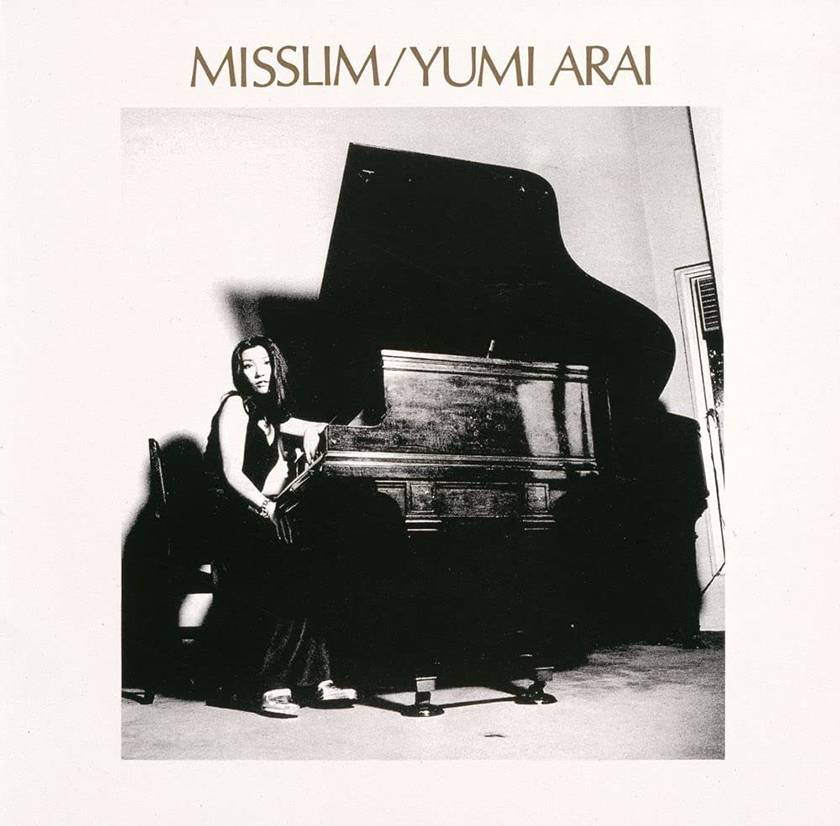
This is the second album under the name Yumi Arai. First call musicians such as Haruomi Hosono and Tateo Hayashi, who are members of the Tin Pan Alley family, and Masataka Matsutoya, who was not yet married. Also, Tatsuro Yamashita's chorus arrangement is a big epoch nowadays. In addition to Tatsuro Yamashita, the chorus features the members of Sugababes, Minako Yoshida, Akiko Yano, and other devilish chorus members.
Recommended Song: “Umi wo Miteita Gogo” (The Afternoon I Was Watching the Sea)
The song, which brings a sense of freshness to the fore, contains no drums, and the rhythm section is made up of various percussions by Tateo Hayashi.
The song flows quietly, and the rustic synthesizer (middle and outro sections) solo leaves a lasting impression.
Looking at the video footage from that time, we can infer that it was made by a mini-moog synthesizer, since a mini-moog synthesizer is placed on top of Masataka Matsutoya's Fender Rhodes piano. The solo is taken while controlling the synthesizer's function called portamento, in which the scale moves smoothly between the continuing notes. A waveform is a simple triangular wave among oscillators (transmitters). Moreover, it is a bare sound with almost no filter being applied. Perhaps the synth solo eliminates ornamentation in order to be close to the artist's innocent thoughts and feelings. The Fender Rhodes piano backing that accentuates the synth solo is also wonderful. This track offers a glimpse into Masataka Matsutoya's sense of style.
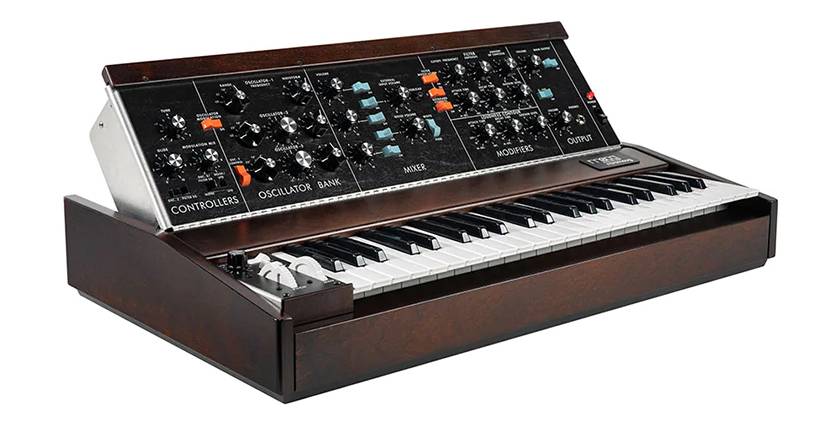
< Mini Moog Model D >
⇒ MOOG / Analog Synthesizer List
■ Recommended album: Yumi Matsutoya “Ryuusenkei 80” (Streamlined 80) (1978)
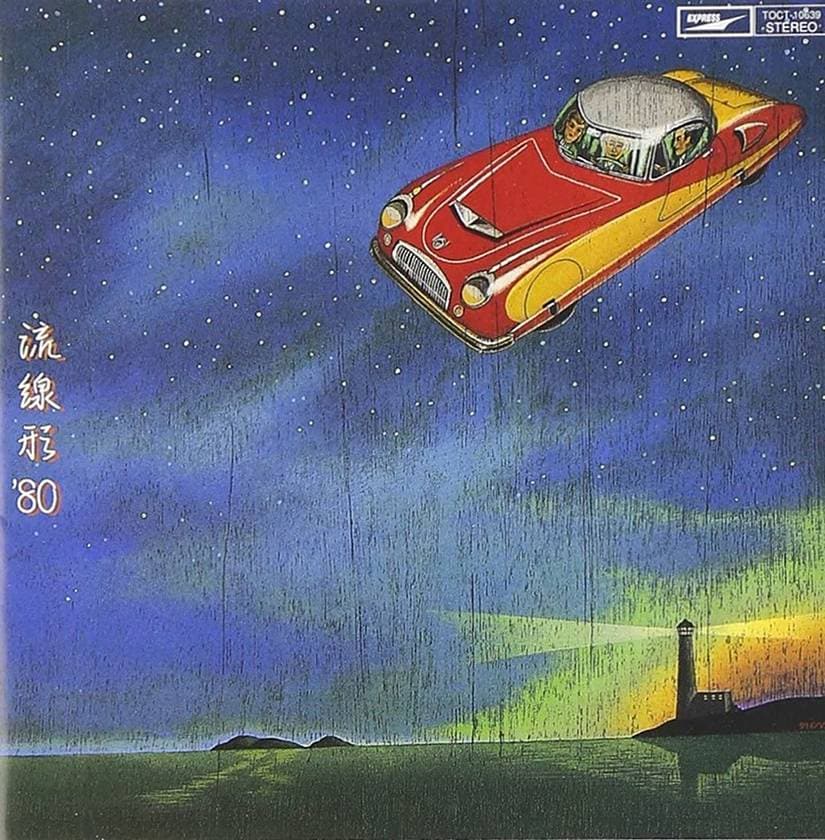
This is Yumi Matsutoya's sixth album that was released in 1978. Backing musicians are first-call Japanese musicians such as Shigeru Suzuki, Tateo Hayashi, Masataka Matsutoya, Kenji Takamizu, Masaki Matsubara, and Tatsuro Yamashita, all of whom are of the Din Pan Alley Band.
Recommended song: “Futou wo Wataru Kaze” (Wind Blowing over the Pier)
An important song that represents Yumi. The beautiful melody line of the verse is impressive. The melody combined with Yumi's lyrics created a visual world.
The song features a neat guitar-like mini-moog solo played by Masataka Matsutoya.
Since this album was released in 1978, we can imagine that Mr. Matsutoya was listening to Jeff Beck's Wired album. The synthesizer solo is clearly inspired by the guitarist's solo.
I wrote Wired because it reminds me of the guitar-like playing of Jan Hammer, a keyboardist who played with the recently deceased Jeff Beck. Jan Hammer's mini-moogs were full of flangers, echoes, and other effects, and they had a gritty quality to them. This was the fashion at the time.
On the other hand, Matsutoya's sound is the sawtooth wave sound of a mini-moog, with a VCF cutoff and resonance to create a guitar's petite attack sound with attack time and release time set to zero.
If a tape echo is applied to this sound, it comes closer to the sound of a guitar solo with the attack sound emphasized.
In this sense, it may be similar to Jan Hammer's synth sound (mini-moog) played in the Mahavishnu Orchestra Live “Flight from Emptiness” in 1973.
Reference album: Mahavishnu Orchestra, Between Nothingness & Eternity (1973)
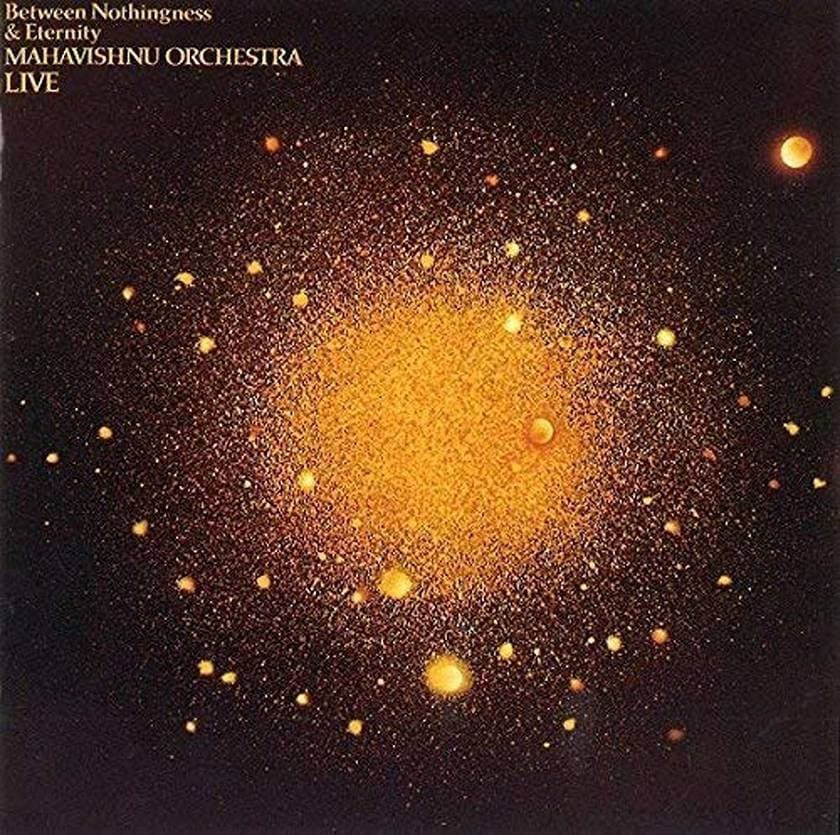
A live album by the Mahavishnu Orchestra, led by jazz guitarist John Mahlagrin, performed in NYC's Central Park in 1973. It features three fire-breathing solo exchanges between guitar played by John Mahlagrin, mini-moog synthesizer played by Jan Hammer, and violin played by Jerry Goodman.
■ Recommended album: Yumi Matsutoya, NO SIDE (1984)
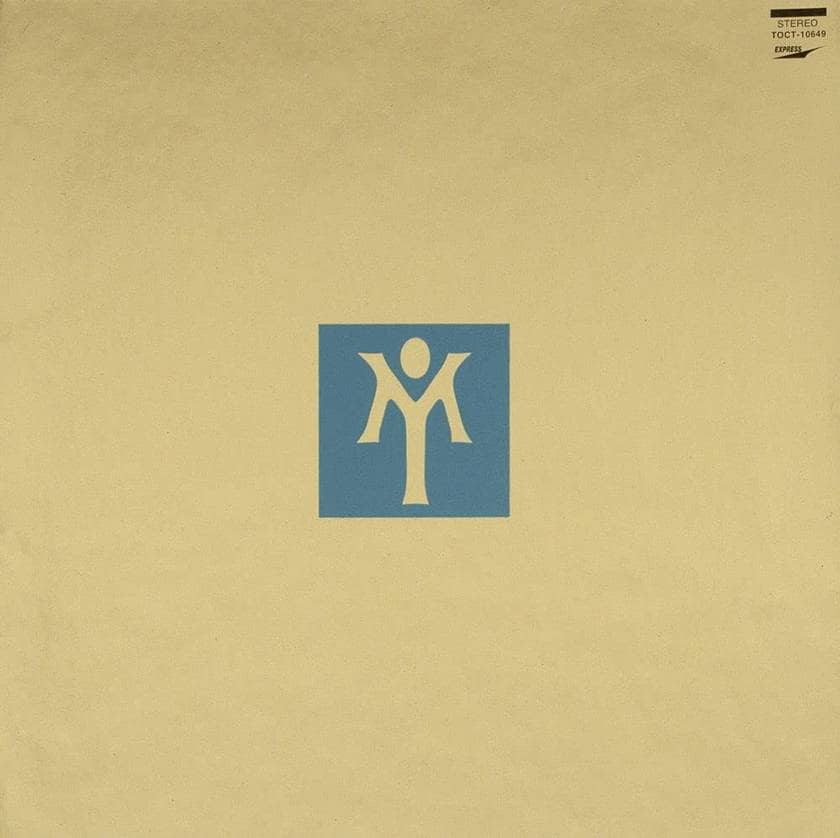
Yumi Matsutoya's 16th album released in 1984. Masataka Matsutoya's arrangements shine through with the Fender Rhodes piano performance on the rugby-themed song “No Side”.
Recommended song: “Blizzard”
This song was used in the highlight scene of Watashi wo Suki- ni Tsuretette “Take Me Out Skiing,” which was a movie set at Manza ski resort.
As the title “Blizzard” suggests, it depicts a scene during a blizzard. The polyphonic synthesizer plays a major role in this dramatic song and it evokes the image of snow.
You can hear a synthesizer interlude, which is rare for Yumi's songs. The synth solo is quite heavy-handed and dramatic. Progressive rock fans will be pleased to hear it (lol).
Masataka Matsutoya, who prefers crisp arrangements, rarely plays a long synth solo in a song.
The wild sound of the mini-moogs is made of sawtooth waves with persistence. As in “The Afternoon I Watched the Sea,” the portamento time is skillfully changed during the solo to add expression to the solo. In the live performance, keyboardist Satoshi Takebe plays alone, so there is no synthesizer solo, and the solo is replaced by a guitar solo. This is probably because playing the solo on the synthesizer would make the ensemble sound flimsy. However, I am not the only one who thinks that the solo in “Blizzard” is definitely a synthesizer solo because of its world view (lol).
Musicians, albums, and recommended songs featured in this issue
- Artists: Yumi Matsutoya, Masataka Matsutoya, Mahavishnu Orkastra, etc.
- Albums: MISSLIM, Ryuusenkei 80, Kyoumu kara no Hishou, NO SIDE
- Songs: “Umi wo Miteita Gogo”, “Futou wo Wataru Kaze”, “Blizzard”
The “sound & person” column is made up of contributions from you.
For details about contributing, click here.











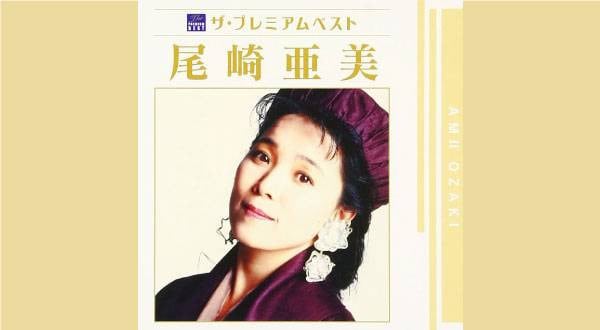
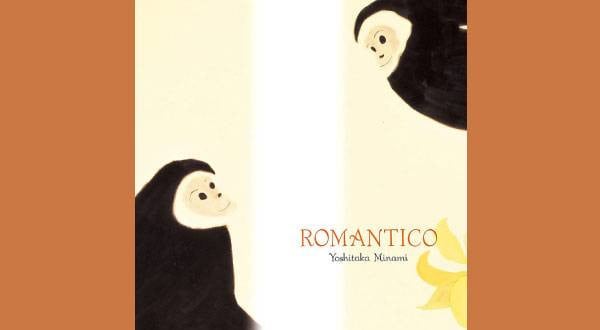
![[2025 Latest Edition] Choosing a Synthesizer/Popular Synthesizers Ranking](/contents/uploads/thumbs/2/2022/9/20220916_2_19446_1.jpg)
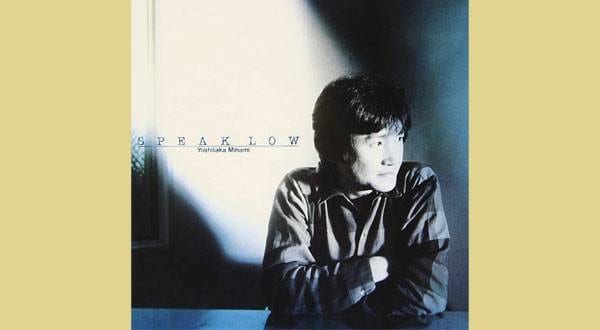
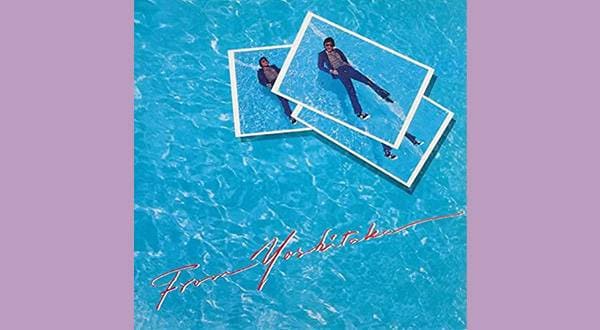
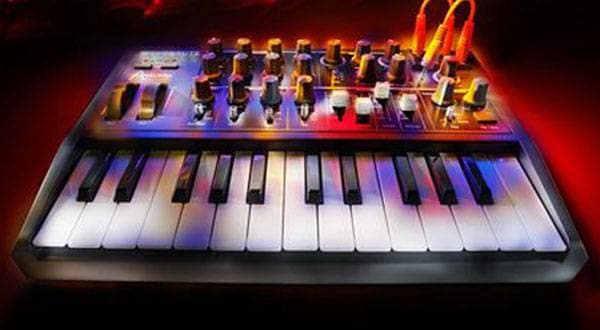
 USB接続対応のMIDIキーボード
USB接続対応のMIDIキーボード
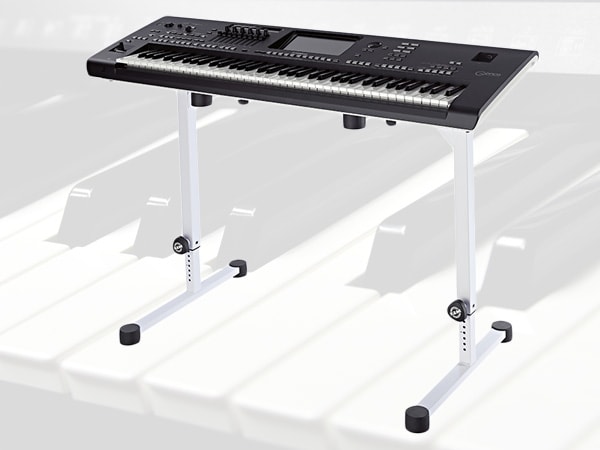 キーボードスタンドの選び方
キーボードスタンドの選び方
 超オススメのフレーズ道場 キーボード
超オススメのフレーズ道場 キーボード
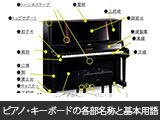 ピアノ・キーボードの各部名称
ピアノ・キーボードの各部名称
 キーボードスタートガイド
キーボードスタートガイド
 キーボード・ピアノ講座
キーボード・ピアノ講座















